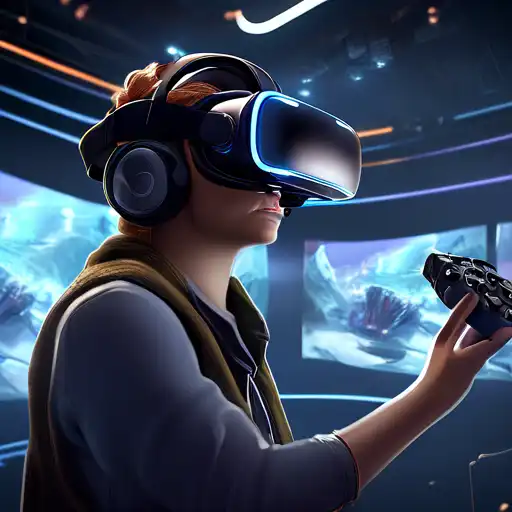Understanding the Complexities of VR Content Development
Virtual Reality (VR) has emerged as a groundbreaking technology, offering immersive experiences that were once the stuff of science fiction. However, the path to creating compelling VR content is fraught with challenges that developers must navigate. From technical limitations to creative constraints, the process is anything but straightforward.
Technical Barriers in VR Development
One of the primary hurdles in VR content creation is the technical complexity involved. Developers must contend with high-performance requirements, ensuring that content runs smoothly across various devices. This includes optimizing graphics to prevent latency, which can break immersion and cause discomfort to users.
- Hardware Diversity: Catering to a wide range of VR headsets, each with its own specifications and capabilities.
- Performance Optimization: Balancing high-quality visuals with the need for smooth, lag-free experiences.
- User Interface Design: Creating intuitive interfaces that work within a 3D space, a departure from traditional 2D design principles.
Creative Challenges in Virtual Reality
Beyond the technical aspects, VR content creators face unique creative challenges. Crafting narratives that leverage the immersive nature of VR, without overwhelming the user, requires a delicate balance. Storytelling in VR is not just about what users see but how they interact with the environment.
Moreover, the novelty of VR means that best practices are still being established. Creators often find themselves in uncharted territory, experimenting with new techniques to engage users effectively.
The Cost of VR Content Production
Developing VR content is also a costly endeavor. High-quality VR experiences require significant investment in both technology and talent. From advanced software tools to skilled developers and designers, the resources needed can be prohibitive for smaller studios or independent creators.
- Software and Tools: Specialized software for VR development can be expensive, with a steep learning curve.
- Talent Acquisition: Finding professionals with experience in VR is challenging, as the field is still relatively new.
- Production Time: Creating immersive VR content is time-consuming, further adding to the costs.
Overcoming the Challenges
Despite these obstacles, the potential of VR makes overcoming them worthwhile. Collaboration between developers, sharing of best practices, and advancements in technology are making VR content creation more accessible. As the industry matures, we can expect these challenges to diminish, paving the way for more innovative and immersive VR experiences.
For those interested in exploring VR further, consider reading about the future of virtual reality and how it's shaping various industries.
Conclusion
The journey of developing VR content is complex, blending technical prowess with creative innovation. While the challenges are significant, they are not insurmountable. With continued effort and collaboration, the VR community can unlock the full potential of this transformative technology.
